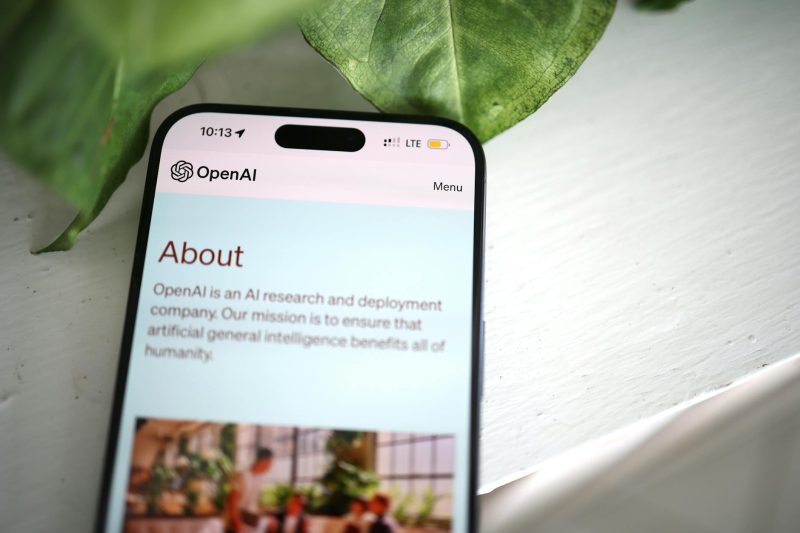Digital Banking: The Dawn of a New Era with AI
In the ever-evolving landscape of finance, digital banking stands at the forefront of innovation, poised to redefine how we interact with money. At the heart of this transformation is Artificial Intelligence, a technology so powerful it’s reshaping the very fabric of banking. From enhancing customer experiences to revolutionizing security measures, AI is ushering digital banking into a new era of efficiency and personalization.
The Transformative Future of Digital Banking with AI
The integration of AI into digital banking is more than just a trend; it’s a necessity. As consumers demand more seamless and intuitive financial services, banks are turning to AI to meet these expectations. Whether it’s through personalized financial advice or real-time fraud detection, AI is proving to be an indispensable tool in the banker’s arsenal.
Personalization: Tailoring Banking to Individual Needs
AI excels at data analysis, a skill that’s golden in banking. By scrutinizing transaction histories and spending patterns, AI can offer personalized recommendations, helping users manage their finances better. Imagine an app that suggests saving strategies or investment opportunities tailored just for you. This level of personalization not only enhances user experience but also fosters a deeper connection between the bank and its customers.
Fraud Detection: Fortifying Security in the Digital Age
Security is paramount in digital banking, and AI is leading the charge against fraud. Machine learning algorithms can detect anomalies in transaction patterns, flagging potential fraud in real-time. This proactive approach significantly reduces the risk of financial loss, offering users peace of mind. Banks like JPMorgan Chase are already leveraging AI to monitor suspicious activities, setting a new benchmark for security.
Chatbots: The Rise of Virtual Assistants
Gone are the days of endless phone queues. AI-powered chatbots are transforming customer service, providing instant responses and round-the-clock support. These virtual assistants can handle everything from account inquiries to transaction disputes, freeing human staff to focus on more complex issues. Banks like Bank of America have embraced this technology, enhancing customer satisfaction and operational efficiency.
Predictive Analytics: Anticipating Financial Trends
AI’s predictive capabilities extend beyond customer interactions. By analyzing market trends, AI can predict economic shifts, empowering banks to make informed decisions. For instance, AI might forecast a market downturn, allowing banks to adjust their investment strategies. This proactive approach not only safeguards assets but also opens doors to new opportunities.
Compliance: Navigating the Regulatory Landscape
Regulatory compliance is a minefield, but AI can simplify the process. AI systems can monitor transactions for compliance with regulations like AML (Anti-Money Laundering) and KYC (Know Your Customer). This ensures that banks operate within legal boundaries, reducing the risk of penalties and enhancing trust.
Global Financial Inclusion: Bridging the Access Gap
AI is a bridge to the unbanked, offering financial services to underserved populations. Digital banking platforms use AI to assess creditworthiness, enabling access to loans and other financial products. This not only drives economic growth but also fosters social equality. In emerging markets like Kenya, mobile banking apps are revolutionizing access to financial services, thanks to AI.
The Future of Digital Banking: Emerging Trends and Innovations
Looking ahead, the future of digital banking is bright, with AI at the helm. Emerging technologies like blockchain and quantum computing promise to enhance security and processing speeds. Decentralized finance (DeFi) is another area where AI is making waves, offering alternatives to traditional banking models.
Risks and Challenges: Navigating the AI Landscape
While AI promises much, it’s not without its challenges. Data privacy concerns loom large, with regulations like GDPR and CCPA setting strict standards. Ethical concerns, particularly bias in AI algorithms, must also be addressed. Ensuring transparency and fairness in AI decision-making is crucial to maintaining trust.
Conclusion: The Road Ahead for Digital Banking
Digital banking, powered by AI, is the future of finance. From personalized services to enhanced security, AI is transforming the industry in ways we’re only beginning to understand. As we navigate this new landscape, the focus must be on ethics and transparency, ensuring that AI serves the greater good.
Key Takeaways:
– AI Personalization: Enhancing user experience through tailored financial advice.
– Fraud Detection: Proactive security measures for safer transactions.
– Chatbots and Virtual Assistants: Revolutionizing customer service.
– Regulatory Compliance: Simplifying compliance with AI-driven solutions.
– Global Inclusion: Expanding access to financial services worldwide.
Final Thoughts
As I reflect on the transformative power of AI in digital banking, I’m struck by the potential it holds. From streamlining processes to empowering individuals, the impact is profound. The future is exciting, and as we continue to explore these innovations, one thing is clear: AI is here to stay, reshaping banking for generations to come.
—
If you’re as intrigued as I am by the intersection of technology and finance, explore more insights and trends on BeNewsMag.com. Join the conversation and stay ahead in our rapidly evolving digital world.




